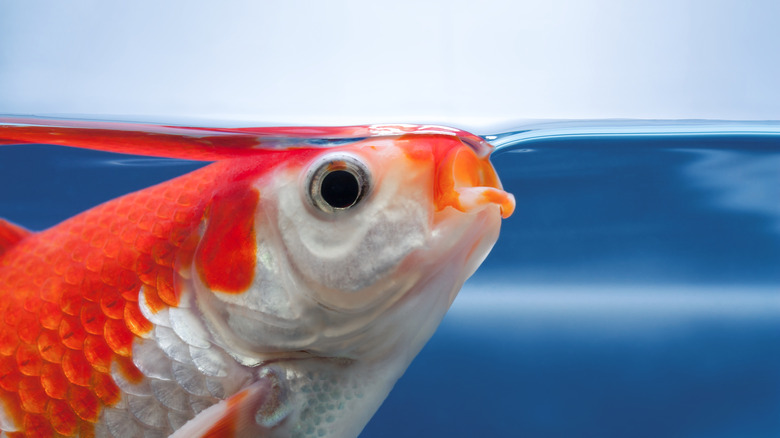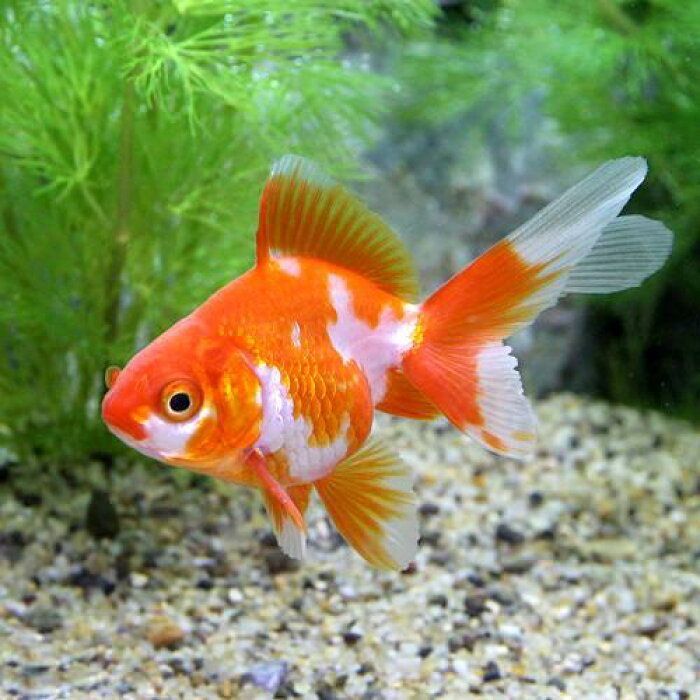Introduction: Can Goldfish Eat Algae Wafers?
If you’ve ever watched your goldfish nibbling at algae in the tank, you might wonder, can goldfish eat algae wafers? The answer is yes, but only in small amounts. Algae wafers are designed for bottom-dwelling fish like plecos, but goldfish can also benefit from their plant-based nutrients. However, they shouldn’t replace a balanced diet, as goldfish require a mix of plant and protein-based foods. While algae wafers can be a nutritious supplement, feeding them too often can lead to digestive problems and water quality issues. So, how should you safely include them in your Goldfish’s diet? Let’s find out.
Are Algae Wafers Safe for Goldfish?
Yes, goldfish can eat algae wafers, but they should only be given them as an occasional treat rather than a staple food. Algae wafers contain plant-based ingredients that goldfish can digest, such as spirulina, seaweed, and vegetable matter. However, they are typically formulated for herbivorous fish, whereas goldfish are omnivores and require both plant and protein sources.
When feeding algae wafers to goldfish, it’s important to ensure they do not overeat, as excessive plant matter can lead to digestive issues. Additionally, uneaten wafers can quickly break down, polluting the tank water if left for too long.

Nutritional Benefits of Algae Wafers for Goldfish
Algae wafers provide some useful nutrients for goldfish, including:
- Plant-based proteins – Help with growth and overall health.
- Spirulina and seaweed – Support colour enhancement and digestion.
- Essential vitamins and minerals – Contribute to a strong immune system.
- Fibre – Aids digestion and prevents constipation.
Although algae wafers can supplement a goldfish’s diet, they do not contain all the necessary nutrients found in high-quality goldfish pellets or flakes. A balanced diet should include a mix of pellets, vegetables, and occasional protein-rich treats.
How to Feed Algae Wafers to Goldfish
If you decide to give your goldfish algae wafers, follow these steps for safe feeding:
1. Choose the Right Type of Algae Wafers
Opt for high-quality algae wafers with natural ingredients and no artificial additives. Some brands include additional nutrients that benefit omnivorous fish like goldfish.
2. Break the Wafer into Smaller Pieces
Goldfish do not have the same feeding habits as bottom-feeders. Breaking the wafer into small pieces makes it easier for them to eat.
3. Soften the Wafers if Necessary
Some algae wafers are hard and designed to dissolve slowly. You can pre-soak them in a little tank water to make them softer and easier for goldfish to eat.
4. Feed in Moderation
Goldfish should only have a small portion of an algae wafer once or twice a week as a treat. Too much can lead to an imbalance in their diet.
5. Remove Uneaten Pieces
If the goldfish don’t finish the wafer within a few minutes, remove any leftovers to prevent water contamination.

How Often Can Goldfish Eat Algae Wafers?
Algae wafers should be given sparingly. A good guideline is:
- Once or twice a week as a supplement to their main diet.
- In small amounts to avoid overfeeding and digestive problems.
Feeding algae wafers too frequently can lead to excessive plant-based intake, which may not provide the protein goldfish need for proper growth and development.
Potential Risks of Feeding Algae Wafers to Goldfish
While algae wafers are generally safe, feeding them incorrectly can cause issues such as:
- Nutritional imbalance – Goldfish need a mix of plant and animal-based foods.
- Digestive problems – Too much plant matter can lead to bloating or constipation.
- Water quality issues – Leftover wafers can break down and pollute the tank.
To avoid these problems, always feed algae wafers in moderation and ensure they are part of a varied diet.
Alternative Foods for Goldfish
If you’re looking for other plant-based treats, consider these alternatives:
- Blanched spinach or lettuce – Soft and easy to digest.
- Zucchini or cucumber slices – Provide vitamins and fibre.
- Peas (without skins) – Help with digestion and prevent bloating.
- High-quality goldfish pellets – Formulated with the right balance of nutrients.
These options offer similar benefits to algae wafers but are more suited to a goldfish’s dietary needs.

Conclusion:
Goldfish can eat algae wafers, but only as an occasional treat. While they provide useful nutrients, they should not replace a well-balanced diet that includes goldfish pellets, vegetables, and occasional protein sources. Feeding algae wafers in moderation can be a healthy supplement, but overfeeding can lead to nutritional imbalances and water quality issues. Offering a varied and properly portioned diet’ll help keep your goldfish happy, healthy, and thriving.
